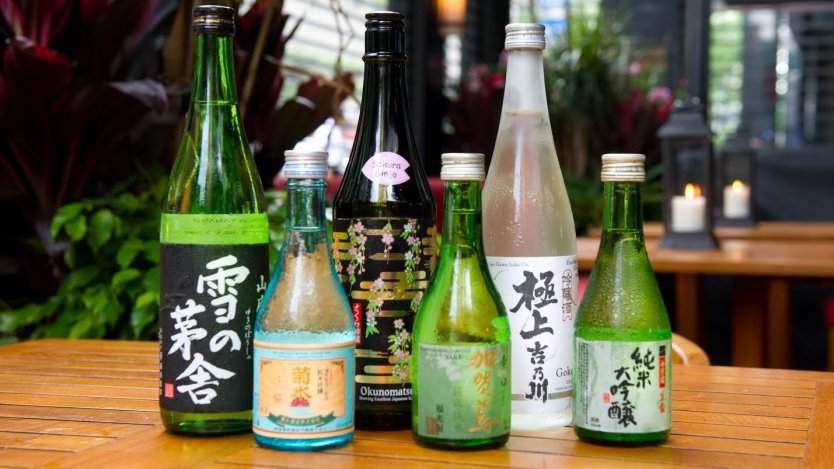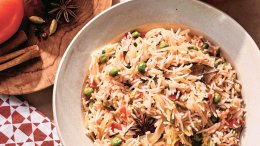Sake. Most of us have sipped it and have even gotten a little tipsy on it, but few of us know anything about it. Well, there's no time like International Sake Day and the start of the sake producing season to learn all about it from an expert.

I know what you're thinking: "Hey, this guy looks like Nathan Fillion."
Well, you're right. Adam Snelling sort of does, but he also knows a shit ton more about sake -- its origins, how it's produced, where you can find it. Being a certified sommelier, Snelling is one of the few people in this country who are also sake sommeliers. Originally from Ottawa, he has been running the restaurant, Ki Modern Japanese and Bar in Calgary for several years.
With over 50 sakes on a constantly evolving menu, Ki offers a range of Japanese liquors that rivals its wine menu, making it an interesting place to experience a myriad of tastes, characters and subtleties in a more refined steakhouse-meets-sushi setting than your typical sushi joint. The restaurant's sister location in Toronto also offers a robust sake menu. Since our Canadian liquor laws vary drastically from province to province, you're going to find different options depending on where you are.
Here's some basic information Snelling shared about sake that will entice you to explore this underrated liquor a little more this year.
Is International Sake Day actually a thing?
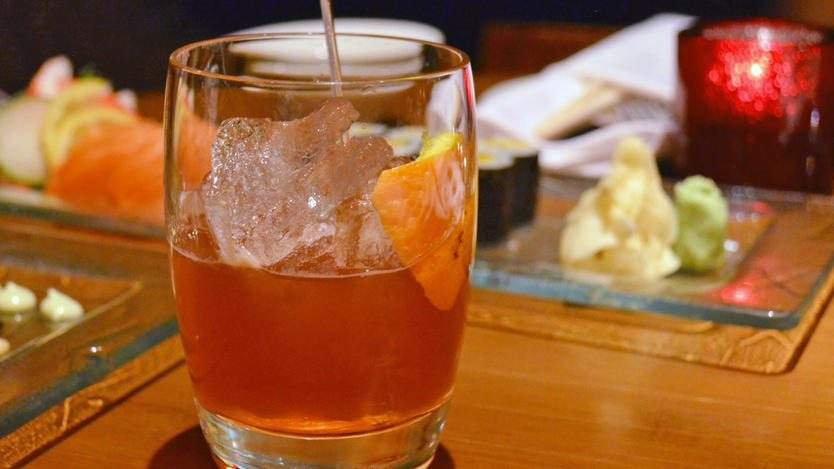
Yes it is, and cheers to that!
Unlike other national or international days (grilled cheese day, cupcake day -- I could go on about all the others we've seeing hashtagged), October 1 is meant to signify the beginning of the sake brewing season. Much like most wine makers, sake makers choose this time of year to start preparing their rice-based liquor in Japan. Nowadays, the fermented beverage is produced all over the world (even in Norway by a Canadian), and not everyone follows the production start date to a T, but in Japan, it's all about honour, so you better be ready to go come October 1.
The origin of sake
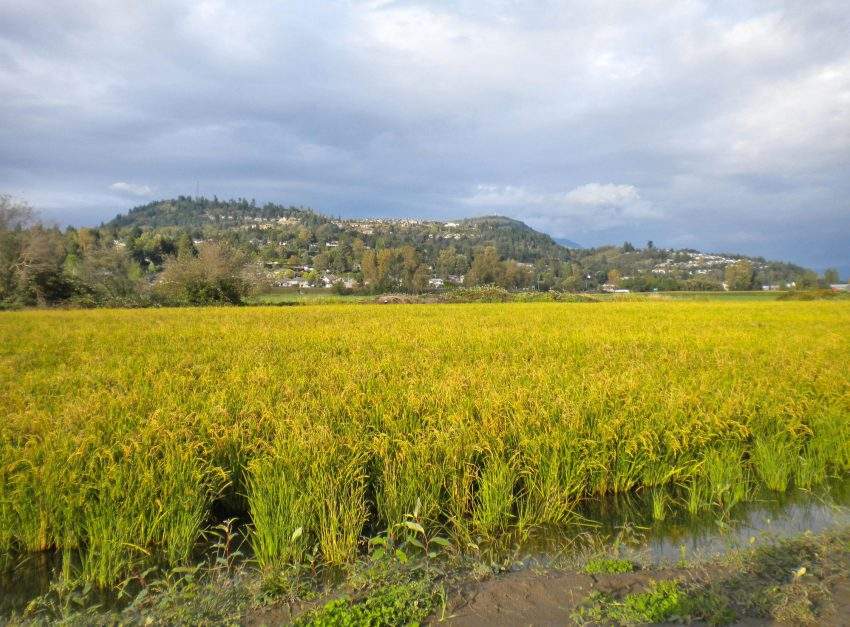
To put some very extensive history in fairly layman's terms: a group of guys were sitting around in Japan one day, chewing raw rice and spitting it into a container. After a few days, the rice started to ferment (because of the natural enzymes in saliva) and they discovered a sort of boozy porridge. Of course, sake making has come a long way since then, and you won't find a bunch of people sitting around and spitting into vats anymore, but it's just interesting to see how the spark ignited.
Although things have progressed massively over the years, the ingredients to make sake have always been minimal: rice, high quality water and kōji mold spores. During the Second World War, rice availability was at a minimum, so some producers began adding varying amounts of distilled alcohol to sake. Today, the result of that are varying types of sake. At its simplest, a sake that was prepared using distilled alcohol versus one without will have a bit more a punch to it, not unlike vodka, but generally much more pleasant. Unless you're one of those people who enjoys sipping straight vodka, then you can pretend I didn't say that.
Sake production in Canada
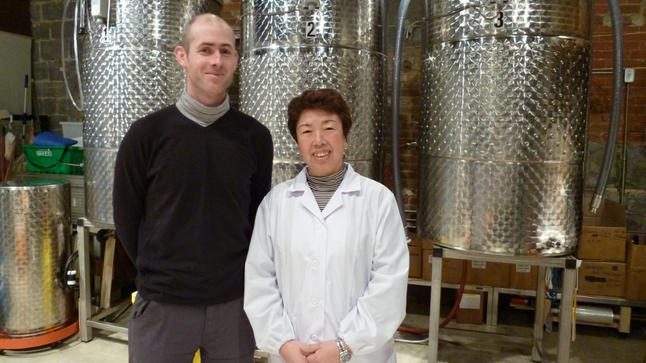
There are four major sake producers in Canada: two in Vancouver and two in Toronto. Snelling stresses that the production of good quality sake comes from countries that have very high quality water sources. It's no wonder B.C. is a great province for that. If you're interested in some Canadian-made sake, start with YK3 on the west coast or The Ontario Spring Water Sake Company, which was the first sake producer in eastern North America.
What to sip sake out of

We've all been to a sushi restaurant, ordered some hot sake and have it arrive in the traditional flask called a tokurri and glasses which are typically ceramic. If you just want to enjoy the beverage without thinking too much about it, then these cute little sets are A-OK. If you're trying to embrace your inner wino and explore the bouquet and tasting notes of different varieties of sake, Snelling suggests using your wine glasses, since the shape of wine glasses allow for a more explorative tasting experience.
Pairing food with sake
The beauty of many types of sake is found in its delicacy, so it's rare that you'll find a bottle of sake that would ever stand up to a big bowl of Indian curry or a robust braised meat dish. Get my drift? Stay bright and light with fish, salads (even a nice roasted root vegetable salad now that it's that time of year), consomme-style soups or even cheeses, like creamy bries or a nice gouda.
Getting to know sake better
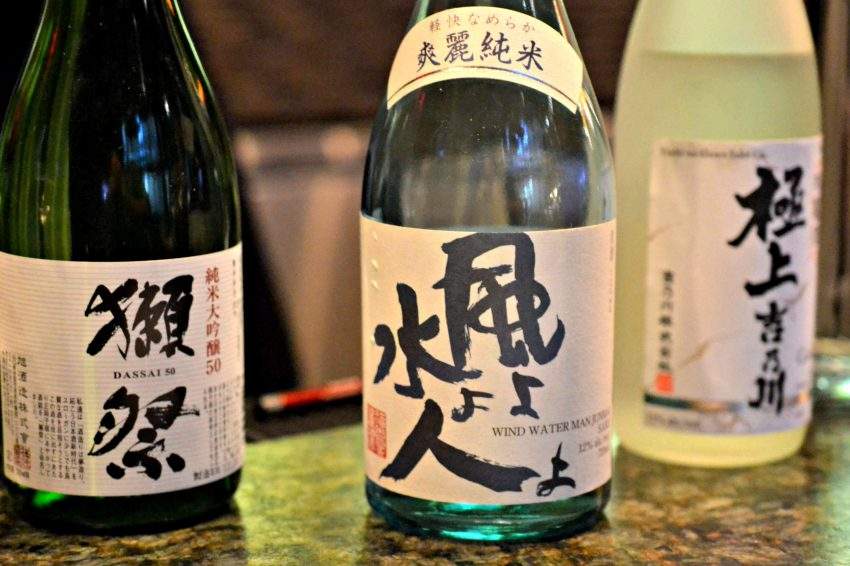
Firstly, you can read more and more and more, but if you're really interested, do a bit of digging around in your city to see which spots boast decent sake lists. If all else fails, pop into a boutique liquor store like Zyn in Calgary or Vancouver's Legacy Liquor, touted to have the best sake selection in Western Canada, and try a few bottles. The great part about sake is that, unlike wine, an opened bottle can keep for months if stored properly (although, Snelling recommends consuming within six months).
That's cool, but who am I kidding? I wouldn't let an open bottle of any booze in my home expire.

